In a place that is venerated by Christians and non-Christians alike and that became a refugee camp during the civil war, Francis asked Our Lady of Madhu to help restore unity in the country. A huge crowd was there to greet the Bishop of Rome.
In a place that is venerated by Christians and non-Christians alike and that became a refugee camp during the civil war, Francis asked Our Lady of Madhu to help restore unity in the country. A huge crowd was there to greet the Bishop of Rome.
“Here Sri Lankans, Tamil and Sinhalese alike, come as members of one family…” Francis’ two-day trip to Sri Lanka culminated in the Pope’s visit to Tamil territory in the northern part of the island. This is where the Marian shrine, a symbol of national reconciliation, is located. After this morning’s mass in Colombo, Pope Francis was once again greeted by hundreds of thousands faithful upon his arrival at the shrine. Not just Catholics and Christians but Hindus too. The crowd was huge. The popemobile went by slowly, stopping often to allow the Pope to greet and bless children and sick people. He did not once take off the long yellow and white flower garland that was placed around his neck when he exited the helicopter.
In his address, the Pope mentioned that the meeting was being attended by families of people that died in the civil war: “There are families here today which suffered greatly in the long conflict which tore open the heart of Sri Lanka,” Pope Francis said in the brief homily he gave in English. “Many people, from north and south alike, were killed in the terrible violence and bloodshed of those years. No Sri Lankan can forget the tragic events associated with this very place, or the sad day when the venerable statue of Mary, dating to the arrival of the earliest Christians in Sri Lanka, was taken away from her shrine.”
The history of the shrine is highly emblematic. It dates back to 1544, when the King of Jaffna had 600 Christians from Mannar killed. They had been converted by the island’s first Portuguese missionaries. Some faithful who escaped the massacre created a place of prayer in the jungle and placed the statue that currently stands in the sanctuary, there. During the period when Catholics were being persecuted by the Dutch colonists, the Marian statue was hidden and taken from village to village by 30 Catholic families who settled in Mauthmandu – where the shrine is currently located –in 1670.
The cult of Our Lady of Madhu, who was seen as a healer and protector against snake bites, spread across the whole island. During the mission of the newly proclaimed saint, José Vaz, the shrine became a missionary centre and also a respected centre of prayer and was frequented by members of other religions as well. This is not unusual, as attested by other Marian places of worship like Meryem Ana Evi in Ephesus and the Milk Grotto in Bethlehem, both pilgrimage destinations for Muslim faithful as well as Christians. The area was nevertheless caught in the middle of clashes between Tamil rebels and Sinhalese government troops. Bishops managed to make Madhu a demilitarised zone, guaranteeing the safety of pilgrims and also of the many displaced people seeking refuge from the war. Since 1990, the 160 hectares of land surrounding the shrine have hosted thousands of displaced people, in a real refugee camp that is recognised both by the rebels and the government. After the end of the civil war in 2008, the shrine was handed back to the Diocese of Mannar and reopened for worship in December 2010.
“Our Lady remained always with you,” the Pope said. “She is the mother of every home, of every wounded family, of all who are seeking to return to a peaceful existence. Mary … never left the side of her suffering Sri Lankan children. In the wake of so much hatred, violence and destruction, we want to thank her for continuing to bring us Jesus, who alone has the power to heal open wounds and to restore peace to broken hearts. But we also want to ask her to implore for us the grace of God’s mercy. We ask also for the grace to make reparation for our sins and for all the evil which this land has known.”
“It is not easy to do this,” Francis recognised. “Yet only when we come to understand, in the light of the Cross, the evil we are capable of, and have even been a part of, can we experience true remorse and true repentance. Only then can we receive the grace to approach one another in true contrition, offering and seeking true forgiveness. In this difficult effort to forgive and find peace, Mary is always here to encourage us, to guide us, to lead us. Just as she forgave her Son’s killers at the foot of his Cross, then held his lifeless body in her hands, so now she wants to guide Sri Lankans to greater reconciliation, so that the balm of God’s pardon and mercy may bring true healing to all.”
Francis asked “Mother Mary to accompany with her prayers the efforts of Sri Lankans from both Tamil and Sinhalese speaking communities to rebuild the unity, which was lost. Just as her statue came back to her shrine of Madhu after the war, so we pray that all her Sri Lankan sons and daughters may come home to God in a renewed spirit of reconciliation and fellowship.” The Pope then placed a rosary around the Marian statue.
Vatican Insider


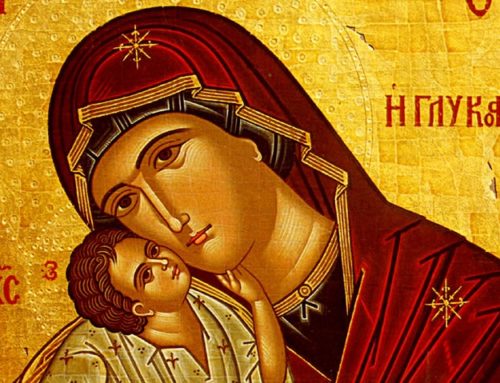
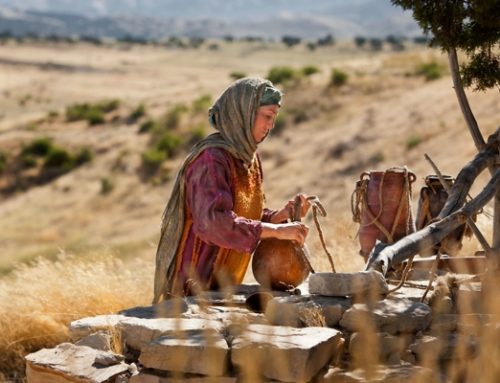
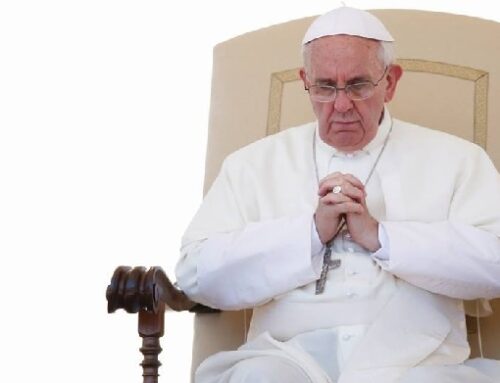
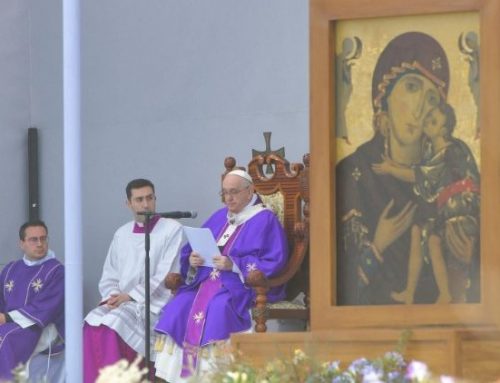
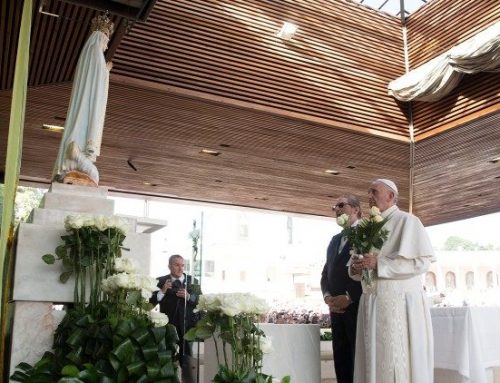
Leave A Comment
You must be logged in to post a comment.